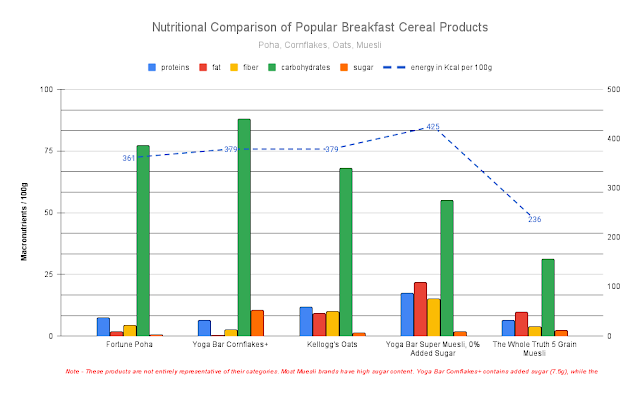Storing Condiments
A good rule of thumb: If you bought it from the refrigerated section at the store, it should stay in the fridge at home
Always use a clean, dry spoon or knife — no fingers — to avoid planting bacteria or the moisture they crave.
Which condiments should go to fridge or pantry:
Pantry
- Kept in an airtight container, ghee — butter that has been simmered until its water evaporates — can keep for six months or longer at room temperature
- So long as you don’t let moisture in — a wet spoon, a loose lid in 90 percent humidity — honey will last virtually forever in the pantry.
- Pantry is fine for vinegary hot sauces, but double-check the label for other styles where the pH is unknown. Tabasco, a vinegar-based hot sauce, will be just fine stored in a cool, dark pantry for at least five years after opening.
- Refined oils will have a longer shelf life than unrefined but all will oxidize more quickly in bright light, heat and open air. So tuck oils away in a cool, dark pantry and tighten those lids.
- Pantry is fine for Soy sauces, but the fridge will keep peak flavor longer, especially small-batch and low-sodium types.
- Store most types of vinegar in the pantry away from heat, sunlight, air and moisture; refrigerate to better preserve lower-acid, unpasteurized and cloudy bottles.
- Made from ground sesame seeds (and typically nothing else), tahini is low-moisture and safe to store at room temperature after opening.
Fridge
- Whipped butters and plant-based butters are more defenseless and should stay refrigerated.
- All varieties of jams and jellies should be kept sealed in the fridge.
- The acidity in tomatoes makes ketchup shelf-stable. However the flavor, quality and texture of your ketchup will deteriorate faster without refrigeration.
Storing Spices -
If you're looking for an authoritative source to check proper storage conditions for other food products, consult the United States Department of Health and Human Services’ FoodKeeper App. It is an oft-cited gold standard among food safety experts.



Comments
Post a Comment